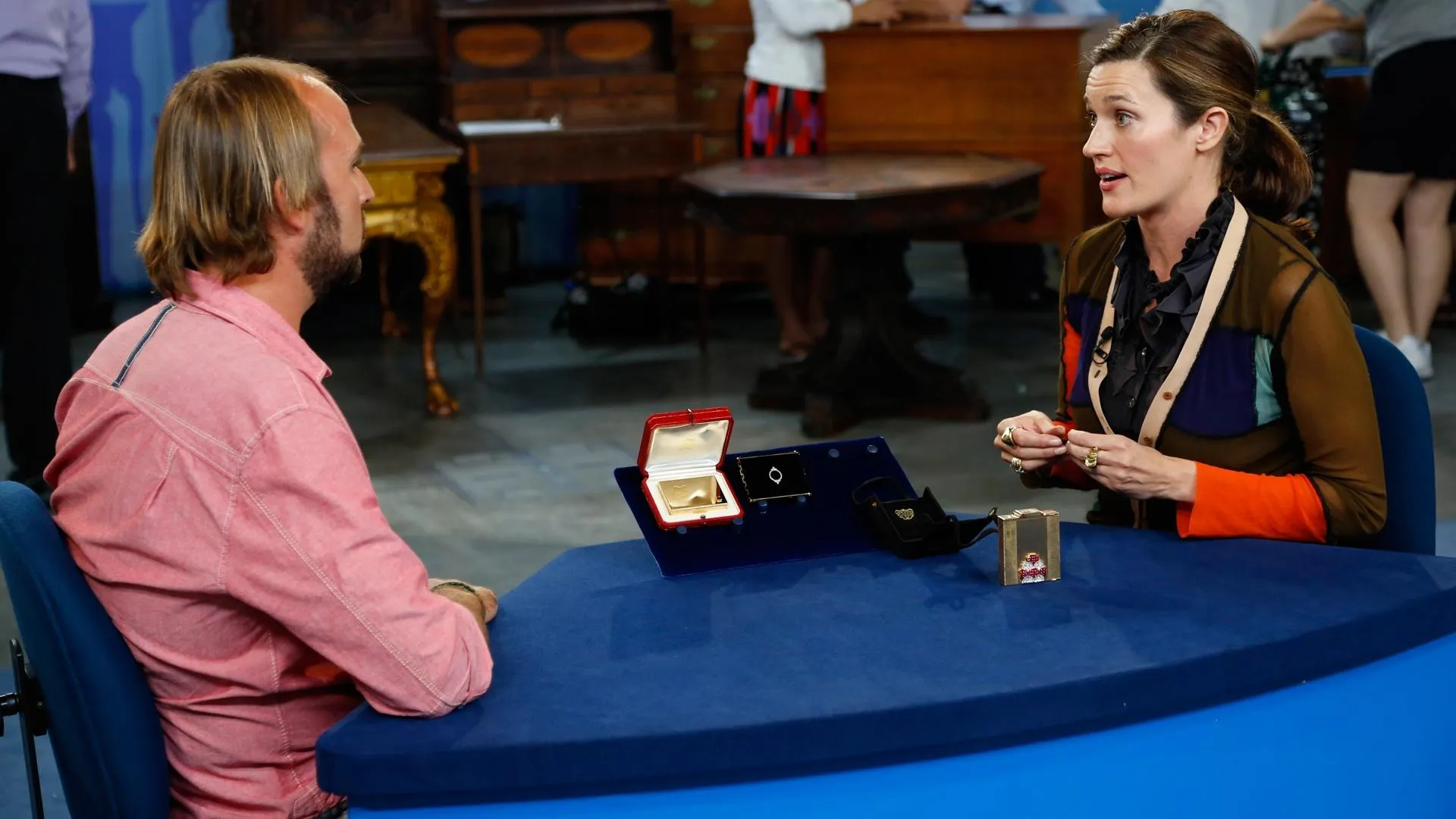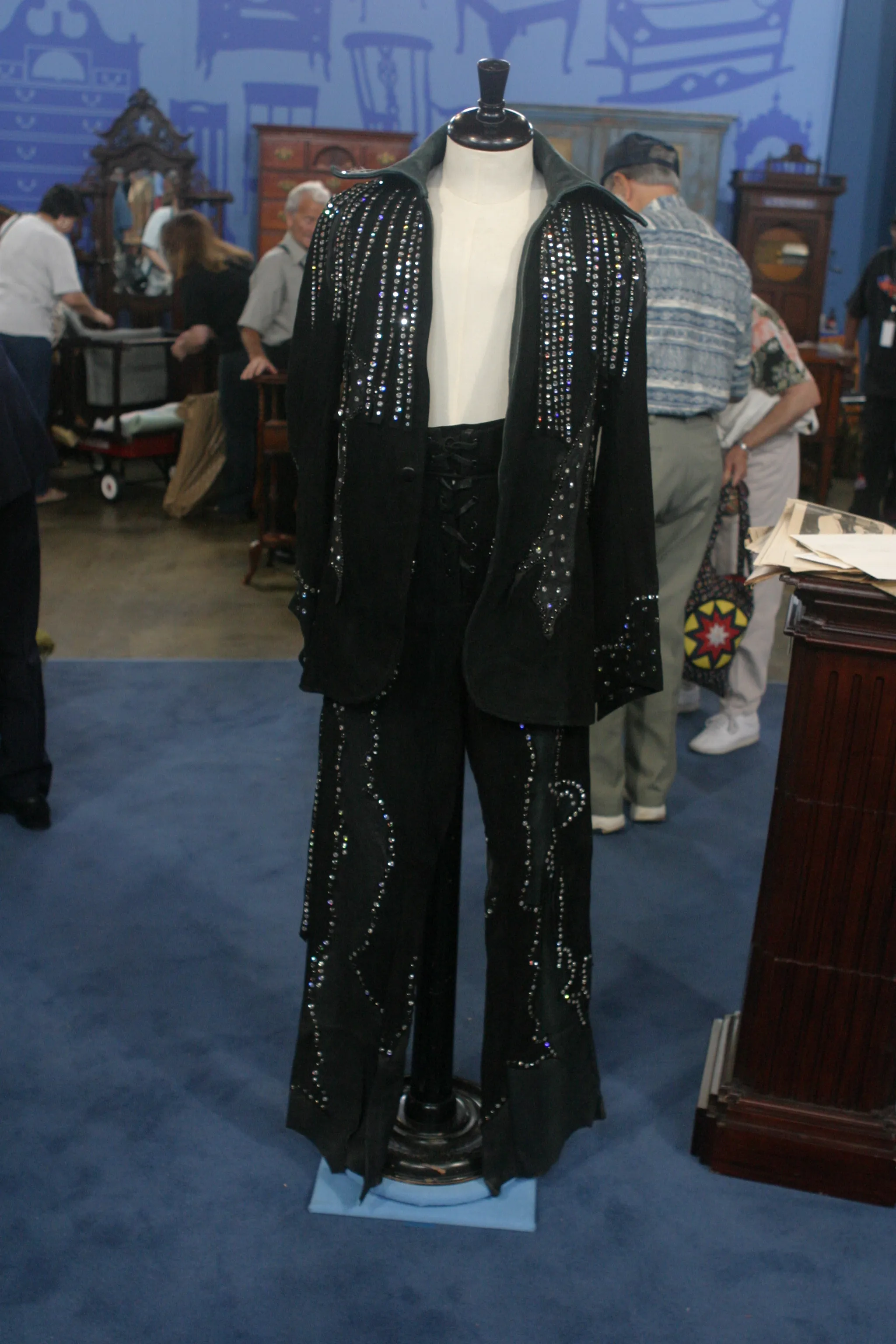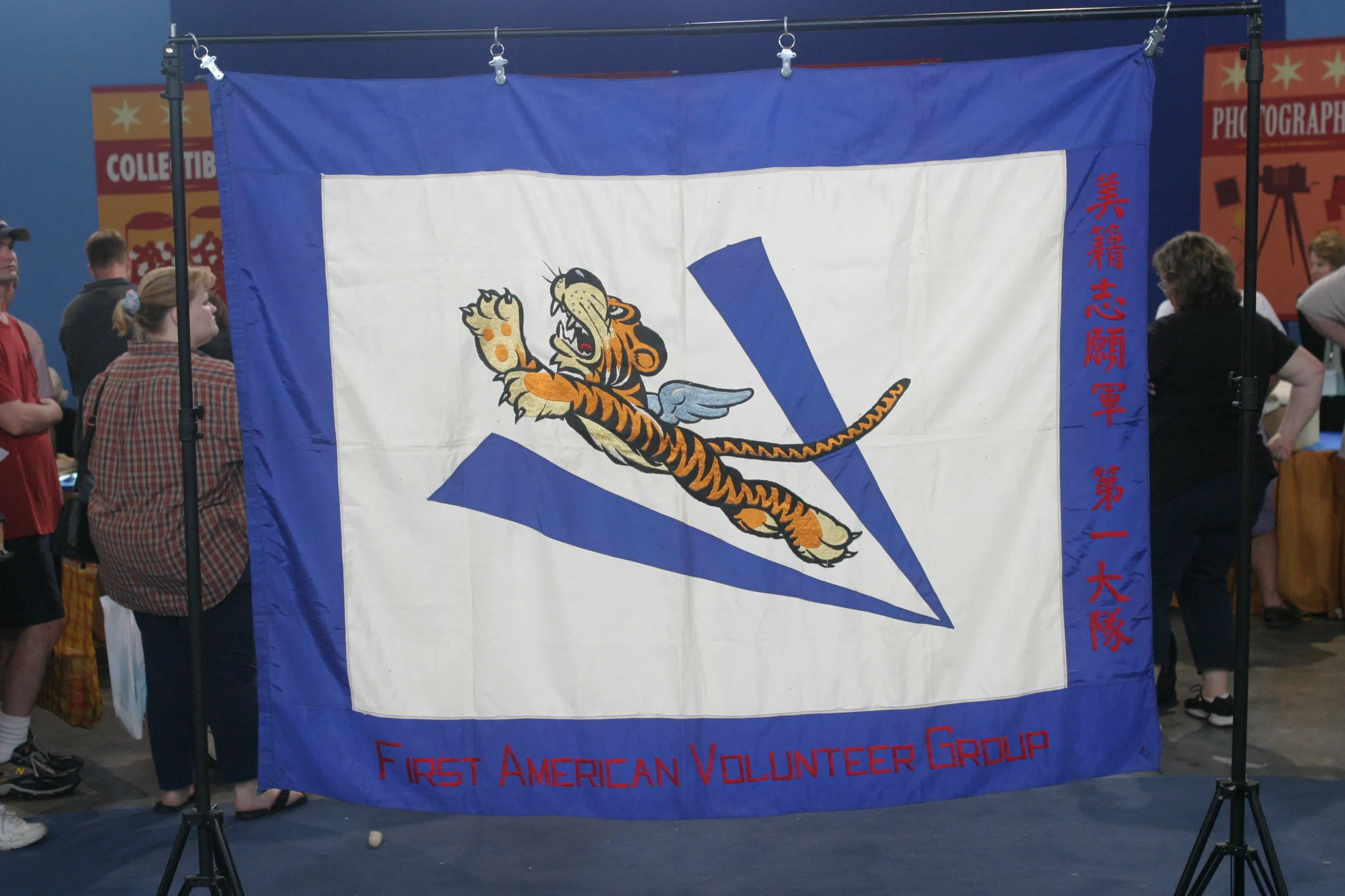GUEST: Started putting a collection together of my grandfather's World War II stuff. He was a lieutenant commander on the U.S.S. Hornet. That'd be the CB12, not the eight. He was attached with fighting squadron 11, the Sun Downers.
APPRAISER: Was he around when you were a kid? Do you remember any stories?
GUEST: Oh, he did not talk about the war. I knew that he was on the Hornet, and that's about it.
APPRAISER: Did he fly?
GUEST: No, he was an engineer.
APPRAISER: The Hornet played a big part in what they did down there in the Pacific, so... That's one of the original aircraft carriers that we entered World War II with. You know, the Hornet, the Lexington, the Yorktown and most of them did not make it through World War II and a lot of them suffered a lot of damage along the way. But that's the primary arm of the war of the Pacific is airpower. Everybody expected it to be the battleship. And the fact that those aircraft carrier were not at Pearl Harbor when it was attacked by the Japanese is the reason why we had any chance at all in the Pacific. That and the submarine campaign. So these guys had... they had a lot of very valuable work to do. I see we've got a photograph of him here, also a patch, it looks like. Not necessarily a patch, but an insignia on leather for the Sun Downers Squadron, which is a fairly unusual thing. Normally they're either embroidered or silk-screened onto some sort of material like they are over there. Those would be cut out and then individually sewn onto jackets. Did you have his uniform or anything?
GUEST: We did have a jacket, a leather jacket. But it was so damaged that we weren't able to keep it.
APPRAISER: That's a pity. Well, you did keep something that typically doesn't survive very well, and that's the rubber...
GUEST: Life vest.
APPRAISER: The life vest, exactly. Are you aware of how these work?
GUEST: (chuckling) No. Not at all.
APPRAISER: There's a small CO2 cartridge that goes in on either side down here and then down there. And then once the individual is in the water... You don't want to do it when you're in the aircraft. Because then you won't be able to get out of the aircraft. But when you're in the water, then you pull on these little cords. And that inflates the life vest, and it will balloon to be fairly large. So of course, during World War II they called these Mae West vests. She was a buxom gal.
GUEST: Oh, okay.
APPRAISER: This is a very rare Navy flight vest. This is the first one that they had called the Mark One. And in 1942, 1943, somewhere in there, they switched over to a more rectangular vest. And that's what you see all the time. They're AN6519s, B-3s, B-4s. The Army used them, the Navy used them. They're standardized and they sell for about $100.
GUEST: Okay.
APPRAISER: These being the Navy and being wartime, you know they made 69,000 of these. But for some reason, they must've gotten rid of them all because they do not exist on the collector market today. In the past five years I've seen maybe six of them sell. This one, on its own, retail would sell between $1,000 and $1,500.
GUEST: Wow. I'm... shocked. (chuckles)
APPRAISER: The other items here add about $100.
GUEST: Yeah, that was in their attic. This was. (Chuckles) So... surprised.









